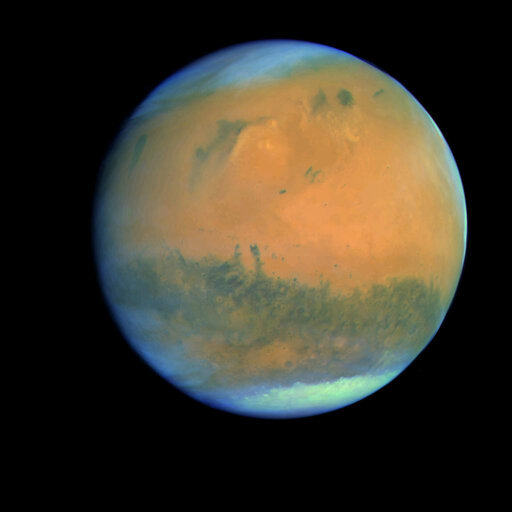However, new analysis of spacecraft observations in combination with novel laboratory techniques shows that Mars’s red colour is better matched by iron oxides containing water, known as ferrihydrite. Ferrihydrite typically forms quickly in the presence of cool water, and so must have formed when Mars still had water on its surface.
deleted by creator
Did you read the article? We know it’s rust, but there are many forms of iron oxide that form in different conditions.
Previous studies of the iron oxide component of the martian dust based on spacecraft observations alone did not find evidence of water contained within it. Researchers had therefore concluded that this particular type of iron oxide must be hematite, formed under dry surface conditions through reactions with the martian atmosphere over billions of years – after Mars’s early wet period.
However, new analysis of spacecraft observations in combination with novel laboratory techniques shows that Mars’s red colour is better matched by iron oxides containing water, known as ferrihydrite.
deleted by creator
It’s the ol’ gaussian curve meme:
- Mars is a ball covered in rust
- Nooo, Mars is a planet covered in dust storms
- Mars is a ball covered in rust
The missing part in OP’s excerpt: It was previously assumed that the rust was hematite, which forms in dry conditions.
My completely unfounded theory is Mars’ iron core was puked out all over the ground and the water rusted it away. That turned her red and lost her magnetosphere.
Puked out, like from volcanic eruptions?
Yea. I have no idea if there is evidence of that or not. I never really studied Mars more than, “red planet.”
deleted by creator




